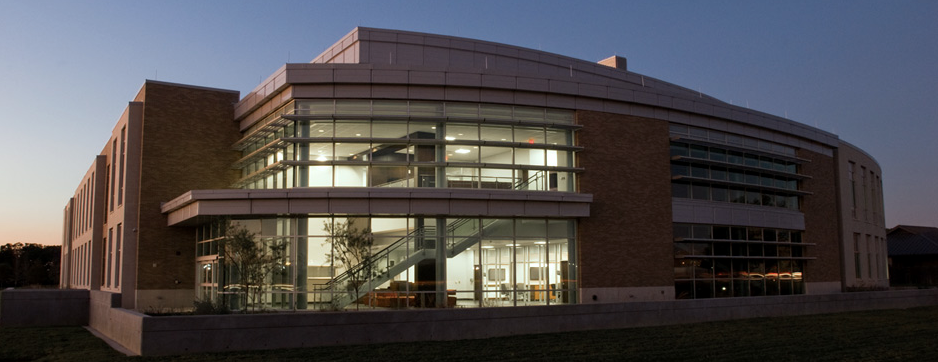
New research done by Texas A&M University nuclear engineering Ph.D. student Ryan Clanton has found a way to turn one of the most common progenitors of disease, microbes, into an ally in the fight against cancer. Clanton’s research focuses on using certain microbes as radio-protectants of normal tissues and to help amplify the effects of radiation on malignant tissues during cancer treatment. The microbes would potentially be used to target tumors and combat the cancerous cells within the body without damaging normal tissues or having other detrimental effects.
The idea came to Clanton when he was doing background research on chemotherapy and radiation treatments. Clanton saw a way to use the bacteria to hone in on cancerous regions by looking at the way bacteria travel from the gut to the blood stream after exposure to radiation and other biological factors.
“The initial scheme of the paper was to look at what causes radio-resistance and why there could potentially be beneficial effects from the exposure of these microbes,” Clanton said. “We wanted to see how this influences radiation risk, specifically looking at why current survival curves used for radiation therapy have such wide variances that prevent the effective treatment of patients.”
According to Clanton, the bacteria infiltrate the tumor through the bloodstream after leaving the gut, allowing the immune system to lock onto the bacteria as a marker. The specific immunological responses to those bacteria could be the difference between more effective treatments or a more malignant tumor.
“Once I saw how it gets to the tumor, I saw the idea kind of bloom,” Clanton said. “The more papers I read on the subject, the more I got the feeling we were looking at the topic completely wrong. We were ignoring factors that vary from person to person, factors that could change how we respond to any type of stress.”

According to Clanton, the bacteria are able to enter into the blood stream due to enhanced intestinal permeability, which is routinely enhanced after exposure to radiation or chemo. They then circulate in the blood until they find an immune-suppressed environment, which is characteristic of tumors, while bacteria elsewhere in the body are eliminated by the immune system. Once there, the microbes can undergo lipid peroxidation, which produces an organic compound known as aldehydes that can work to cause DNA damage to the tumor. As radio-protectants, the bacteria could also help reduce inflammation and other negative radiation side effects because of the substances they produce in their biofilms.
According to Clanton, beneficial outcomes from the microbes are not guaranteed. Whether the outcome will be positive or hazardous for patients will be dependent on what bacteria are present in the tumor or lesion, what influences they have on the lesion or tumor and how the immune system responds to those bacteria that are present. However, Clanton says ignoring the role of microbes in chemo or radiation therapies out of fear of these risks would be a mistake.
“Some of the survival curves in radiation therapy have variances of 50 percent,” he said. “Without taking into consideration the microbial populations of that tumor, you are basically limiting the patients’ chances of survival or giving them more side effects because you don’t know if you are underdosing or overdosing them. If we don’t look at microbes now, we are completely ignoring the fact that there is such large variance in the calculations we use.”
Clanton sees the targeting effects of bacteria to the tumor to be where his research has the greatest potential. Through genetic engineering, tumor-infiltrating microbes can be modified to produce natural chemotherapeutics within the tumor, making it a highly targeted treatment. The microbes would also spread with, and treat any metastasizing tumors and once the tumor had been eradicated, the microbes would be naturally eliminated from the body within a period of 24 to 48 hours. Clanton sees microbes as the future of nanotechnology, especially in their applicability to medicine.
“I believe that bacteria, viruses, and fungi are the preliminary nanobots that we have been looking for,” Clanton said. “I have not seen any nanomachine capable of storing the information required to target and perform a plethora of tasks like RNA and DNA are capable of doing. To me, using microbes and genetically engineering them to do a specific task is key to opening the door to a biotechnology revolution.”